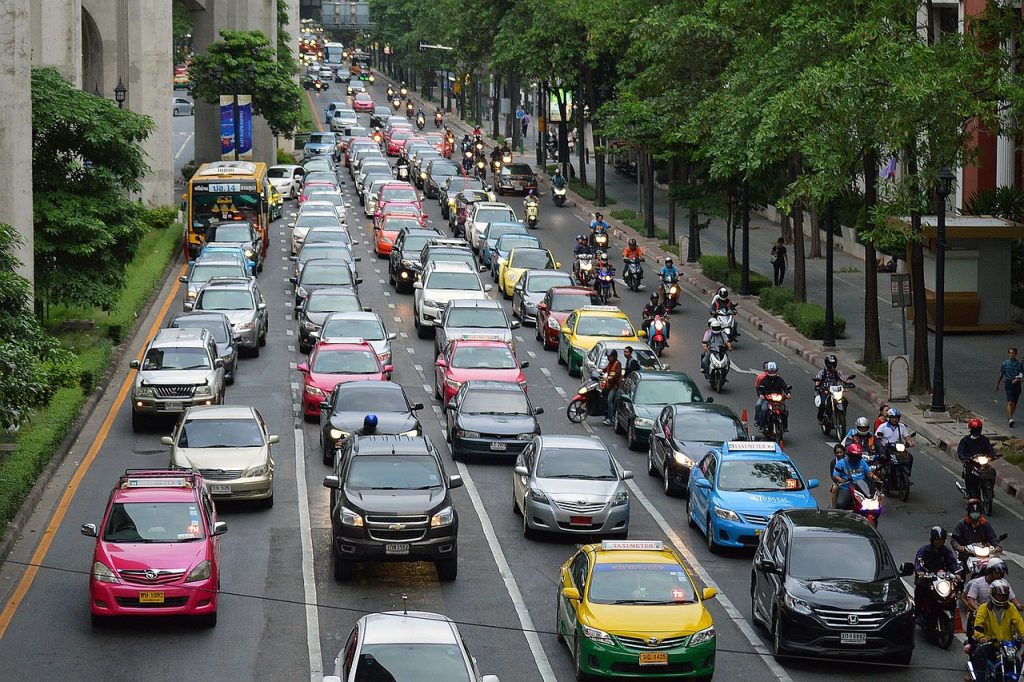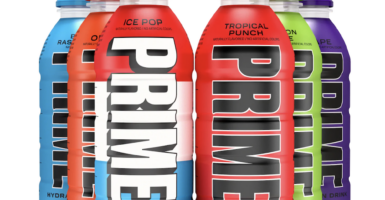Self-Driving Cars Causing Severe Traffic Jams
This article is more than 2 years old

Automotive safety officials in the United States are investigating severe traffic jams and collisions caused by self-driving cars. The latest inquiry focuses on the autonomous driving system used by General Motors in its Cruise units. In a filing, the National Highway Traffic Safety Administration also received complaints about retrofitted Chevrolet Bolt EVs.
The report via CNBC, says that self-driving cars have been engaging in inappropriately hard braking. They also occasionally become immobilized while operating. While these are two separate occurrences, officials say each incident causes Cruise vehicles to become unexpected roadway obstacles. According to the filing, this creates several potential hazards, like collisions and risks to stranded passengers exiting an immobilized vehicle.
Self-driving cars stuck in traffic also leads to the obstruction of emergency service vehicles, which is completely unacceptable. Addressing the problems with the Cruise, spokesperson for General Motors Drew Pusateri, says the San Francisco-based company has and will continue to cooperate with National Highway Traffic Safety Administration, or any other regulator.
“There’s always a balance between healthy regulatory scrutiny and the innovation we desperately need to save lives,” Pusateri told CNBC. He added that the vehicle manufacturer has driven almost 700,000 fully autonomous miles in an extremely complex urban environment with zero life-threatening injuries or fatalities. The investigation will involve 240 of these units equipped with the same software system.
Each crash incident related to self-driving cars had already been reported, as mandated by regulations involving autonomous vehicles. The investigation, which was opened earlier this week, comes as the Cruise waits for regulatory approval to expand its robotaxi service in San Francisco. The transport service, which covers 30% of the city, plans to expand operations to the entire municipality.
Interestingly, city leaders anticipated the problems self-driving cars could cause. In 2020, officials from Los Angeles, San Francisco, and San Diego asked the California Public Utilities Commission not to create a deployment program that would give participants full authority to operate a fared service anywhere in the state. But the CPUC rejected the request which has resulted in hampering the city’s ability to manage its streets.
Unfortunately, there is an ominous precedent for the self-driving cars situation. When ride-hail services became popular, Uber and Lyft successfully lobbied for states to oversee their operations instead of local municipalities. That left urban leaders with few control and monitoring options, Slate reports. As a result, researchers have discovered increases in traffic congestion and reduced transit ridership.
Now, early evidence suggests that an influx of self-driving cars could create similar problems on a much larger scale. Examples of the ensuing chaos have already been reported in San Francisco. A Cruise vehicle, stopped by city police in April, pulled over and then promptly drove away. A month later, almost a dozen Cruise units obstructed a city arterial.
City officials say that 28 incidents involving self-driving cars were reported to 911 between May 29th and September 5th. In some instances, the vehicles were operating on the sidewalk. Meanwhile, the NHTSA says the Office of Defects Investigation will determine the scope and severity of the potential problem. They will also assess the potential safety-related issues posed by these cars.





